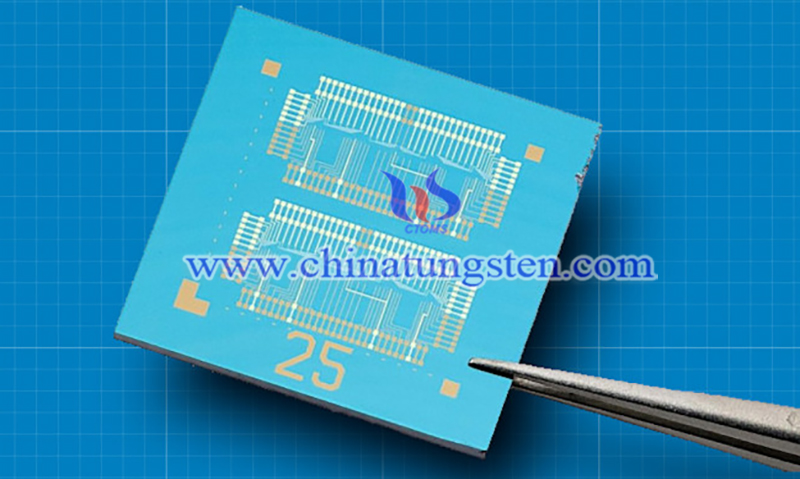2D MoS2 Material Enables Computers to Process Data Like Neurons
- Details
- Category: Tungsten's News
- Published on Monday, 09 November 2020 20:34
The engineering team of the Swiss Federal Institute of Technology Lausanne (EPFL) used a 2D material called molybdenum disulfide (MoS2) in the computer chip, which makes the chip work like neurons. The computer chip that combines two functions - logic operations and data storage - into a single architecture, paving the way to more efficient devices. Their technology is particularly promising for applications relying on artificial intelligence.
In traditional computers, data is usually processed in one area (CPU) and then transferred to another area (such as hard drives and solid-state drives) for storage. This model has served us for decades, but it is not necessarily the most effective way to deal with it.
In the human brain, neurons have the ability to process and store information. Engineers tried to imitate this function and create a chip with a logic architecture in memory, sometimes called a memristor. The idea is that we can make smaller and faster devices without transferring large amounts of data, and consume less energy.

By combining the two units into a single structure, engineers can reduce these losses. That's the idea behind the new chip developed at EPFL, although it goes one step beyond existing logic-in-memory devices. The EPFL chip is made from MoS2, which is a 2D material consisting of a single layer that's only three atoms thick. It's also an excellent semi-conductor. LANES engineers had already studied the specific properties of MoS2 a few years ago, finding that it is particularly well-suited to electronics applications. Now the team has taken that initial research further to create their next-generation technology.
The EPFL research has taken a new step towards this goal. The team’s new in-memory logic chip is the first chip made using 2D material, which includes a layer of MoS2 that is only 3 atoms thick. The ultra-thin thickness of this material is not only very suitable for reducing the size of the device but also can be made into excellent semiconductors.
The new chips are called floating gate field effect transistors (FGFETs) and are commonly used in flash memory systems. These transistors are good at holding the charge for long periods. MoS2 is particularly sensitive to these stored charges, allowing it to perform logic and storage functions.
"This ability for circuits to perform two functions is similar to how the human brain works, where neurons are involved in both storing memories and conducting mental calculations," says Andras Kis, the head of the team. "Our circuit design has several advantages. It can reduce the energy loss associated with transferring data between memory units and processors, cut the amount of time needed for computing operations and shrink the amount of space required. That opens the door to devices that are smaller, more powerful and more energy- efficient."
The research team has also acquired in-depth expertise in fabricating circuits out of 2D materials. "We made our first chip ten years ago by hand," says Kis. "But we have since developed an advanced fabrication process that lets us make 80 or more chips in a single run, with well-controlled properties."
| Molybdenum Supplier: Chinatungsten Online www.molybdenum.com.cn | Tel.: 86 592 5129696; Fax: 86 592 5129797;Email:sales@chinatungsten.com |
| Tungsten News & Prices, 3G Version: http://3g.chinatungsten.com | Molybdenum News & Molybdenum Price: http://news.molybdenum.com.cn |



 sales@chinatungsten.com
sales@chinatungsten.com